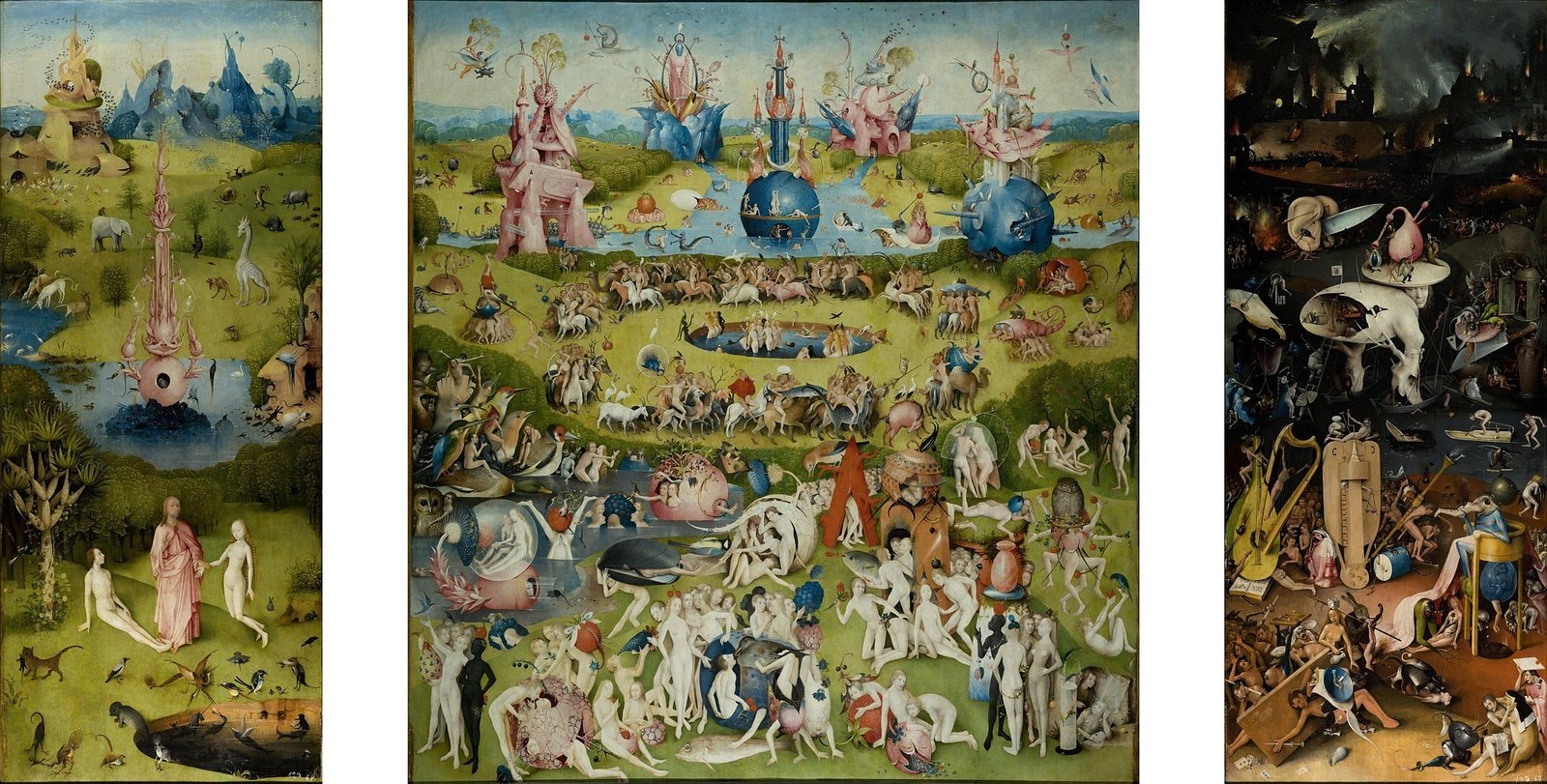Game-experience and semiotic domains
The idea of the semiotic domain is probably still an abstract idea to many of you. The science student example may have helped a little but probably not much when trying to imagine how to works within games or game-like experiences.
As the quote from Gee states, it requires time, effort and active engagement in a semiotic domain to get any value from it. Game-experiences have the benefit that they are seen as both challenging and fun, so the barrier to wanting to enter and learn about them as experiences have already been lowered. And once players have entered the world of the game-experience they become intrinsically motivated to continue to take part and learn of this world. Intrinsic motivation is essentially based on the three results listed at the start of this piece.
But how does this translate into a real-life example? Let’s use a popular team-based online game as a lens to explore how a semiotic domain works. The game lens chosen is the most popular game on Twitch.tv (at least according to viewer numbers when this article was written); Riot Games’ League of Legends, or LoL for short.
Using a game like LoL allows for an accessible framework to view how and what a semiotic domain is. In basic terms it allows us to identify three inherent parts:
- The Domain: space where players actions, thoughts, acts and values are attributed to certain things and behaviours (Gee 2007).
- The Affinity Group: the players and community associated with the domain.
- The Situated meaning: the affinity group creates meaning for the domain and the type of situations that would occur in that domain (Gee 2007).
This triad is what creates the intrinsic motivation in players and allows for the learning of the game and within the game experience. The triad also is supplemented with what is known as a ‘design grammar’ that players need to learn to be able to understand the experience as a whole.
Let’s look at LoL and how these 4 tenets of a domain, affinity group, situated meaning and design grammar fit into it.
To start with let’s explore how you enter the game, what is needed? To begin with, you need a general understanding of what the game is about, this is can be seen as the description or treatment of what you can expect from the experience. LoL is a 5-a-side team-based zero-sum game, where individual players control characters with special abilities on a playing field to defeat their opponents and win.
Next comes the design grammar, players need to acquire this knowledge to be able to take part in the domain and to communicate with others effectively and comprehensively:
- The first layer is the knowledge of the various names of the characters that the players can control.
- Next is what these characters are capable of doing and how they interact with each other – what roles they take within the game space.
- The following layer is the games ancillary features, which in the case of LoL are items – each item has a unique augment to an aspect of a character and can further be combined with other items to create even greater aspect augmentations.
- The final layer is when the player moves into a more advanced state of understanding; learning individual and team strategies, compositions of roles between the characters of the five players and the placement of each role on the playing field – as well as which items improve or weaken their characters.
As you can see, with each layer the game becomes more involved and more complex. A well-designed semiotic domain slowly and cumulatively adds knowledge for the player to learn, so that they do not become too overwhelmed too quickly. And that each piece of knowledge builds upon the previous piece. But as Gee stated, it will take time and effort to learn the grammar of the game (names, interactions, synergies and so forth). By learning this grammar and language players do automatically become part of the game’s affinity group, as everyone is now speaking the same language. These social interactions thus become an organic feedback loop as the player will become more engaged in the domain through this engagement.


